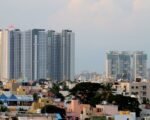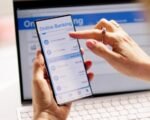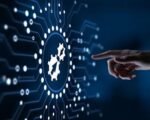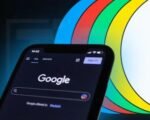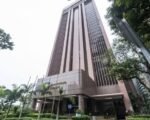Broadband internet, which provides high-speed and reliable access to the online world, is a necessity for many aspects of modern life, especially during the COVID-19 pandemic. However, millions of Americans are either unable to get broadband internet or cannot afford it, creating a digital divide that affects their education, work, health, and social well-being.
According to the Federal Communications Commission (FCC), about 20 million Americans do not have broadband internet, which is defined as having download speeds of at least 25 megabits per second and upload speeds of at least 3 megabits per second. However, this number is likely an underestimation, as Microsoft has found that 157 million Americans do not use the internet at broadband speeds.

The main reasons for this gap are the lack of infrastructure and the high cost of broadband internet. Many rural areas do not have the necessary cables, towers, or satellites to provide broadband internet, while many urban areas have limited or monopolized options that charge high prices. Some people also lack the devices, the skills, or the awareness to use broadband internet effectively.
The digital divide has serious implications for the people who are left behind, as they face disadvantages and challenges in various domains of life. For example, without broadband internet, they cannot access online learning platforms, telehealth services, remote work opportunities, government benefits, or social networks. They also miss out on the information, entertainment, and innovation that the internet offers.
The Efforts and the Solutions to Bridge the Digital Divide
Several initiatives and programs have been launched to address the digital divide and to provide broadband internet to more Americans. For instance, the FCC has established the Emergency Broadband Benefit, which gives low-income households a $50 monthly discount on their broadband bills and a one-time $100 discount on a computer or tablet.
Other efforts include expanding the infrastructure and the competition of broadband internet, such as deploying fiber optic cables, wireless networks, or low-earth orbit satellites, and supporting community-owned or nonprofit internet providers. Some also advocate for regulating broadband internet as a public utility or a human right, which would make it more accessible and affordable for everyone.
Additionally, some organizations and individuals have been providing alternative or temporary solutions to the digital divide, such as creating mobile hotspots, donating devices, offering free or low-cost internet plans, or teaching digital literacy skills. Some people have also been finding creative ways to access broadband internet, such as using public libraries, cafes, or even fast-food restaurants.

